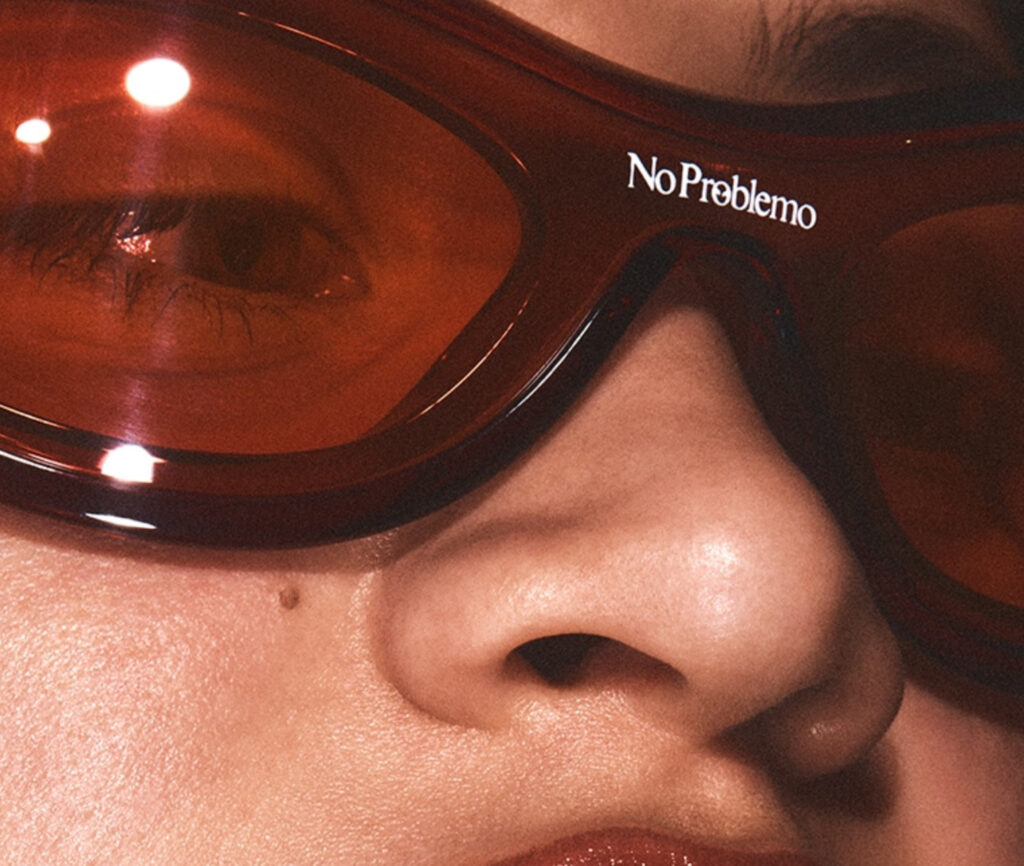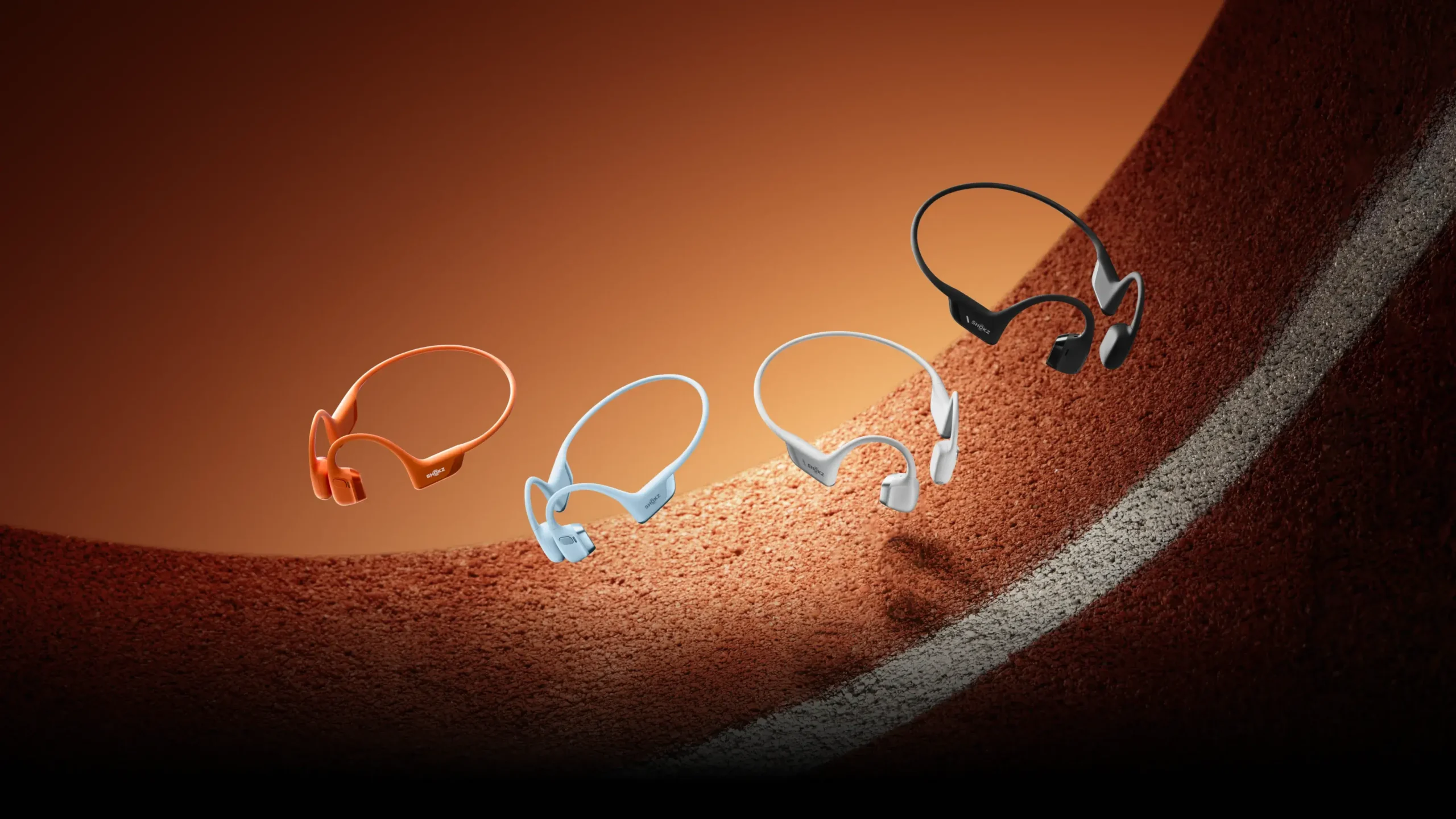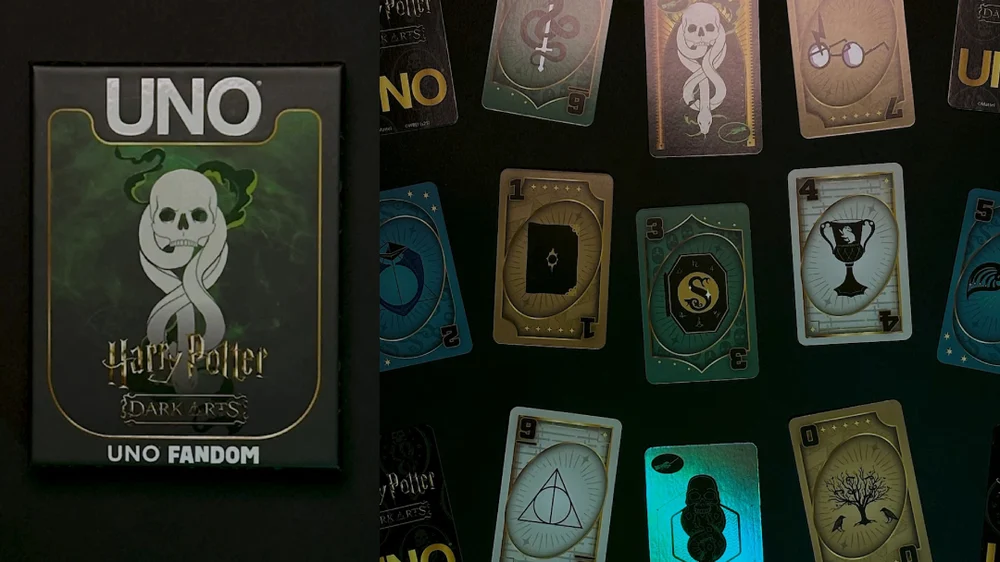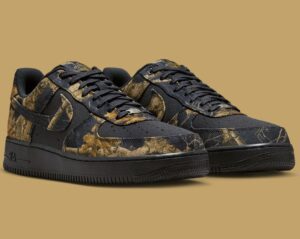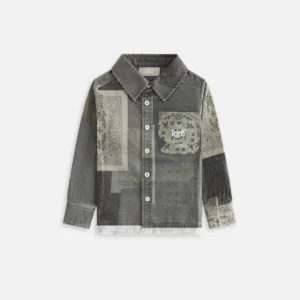In an era when eyewear has shifted from utility to identity, few connections manage to turn the lens inward—on subculture, speed, and spectacle—with as much nerve as the recent drop from No Problemo x Le Specs. The four-piece capsule, a first-time fusion between the cult Australian eyewear house and the offbeat fashion imprint No Problemo, offers something not merely functional or fashionable, but unapologetically fictional.
Like something unearthed from a Y2K motocross pitstop in outer space, the collection delivers frames that are at once nostalgic and disobedient—objects of design that exist to provoke, disrupt, and reflect.
No Problemo, the brainchild of Aries co-founder Sofia Prantera, has long functioned as a playground of speculative aesthetics—where alien motifs and subcultural residue collide in cryptic typography and graphic agitation. Le Specs, meanwhile, has solidified its place in the market through bold silhouettes and high/low price points, earning a reputation for making cult eyewear accessible to a new generation of stylists, ravers, and minimalists alike. That the two would meet somewhere on the stylistic edge of chrome and chaos seems almost inevitable.
But what makes this collection notable is its refusal to conform to trend. While the current fashion landscape is saturated with retro sportswear revivals and gender-fluid accessories, “No Problemo x Le Specs” is not just borrowing from nostalgia—it’s sabotaging it. The designs aren’t restorations of old styles; they’re distortions of them. They feel like remnants of a future-past, filtered through the lens of mid-2000s illegal street racing, Tokyo sci-fi manga, and glitchy rave posters.
Let’s go frame by frame.
Pluto: Planetary Rebellion in Orbit
There’s no irony in naming a frame Pluto. It’s a name that already comes charged—with exile, with distance, with cosmic estrangement. The Pluto frames evoke that same sense of otherness. Oval but severe, with a narrow profile and wraparound curvature, they channel the aerodynamic menace of pit-lane visors. This is eyewear as exoskeleton.
Constructed from high-shine polycarbonate and available in reflective chrome and matte graphite, Pluto announces itself as both armor and optical anomaly. The lenses curve aggressively across the face—less about shielding from sun than from recognition. These are not friendly, beach-day glasses. They are deterrents. Barriers. Like a spacecraft designed for re-entry, they imply danger and defiance.
Stamped with No Problemo’s alien insignia at the temples and featuring tiny orbital cut-outs along the browline, Pluto evokes both speed and surveillance. It would not look out of place on a NASA desert training field—or the set of a late-’90s French electronic music video. The frame’s most radical function is in how it displaces the wearer’s gaze: you don’t just look through Pluto—you become unreadable behind it.
Cyborg: Clubland Machinism Meets Tactical Techwear
If Pluto is about outer space, Cyborg is about inner circuitry. These are the most techno-centric of the quartet, a narrow shield design that reads like a software upgrade for your face. This model is unapologetically dystopian: angular, aggressive, and coded for nightlife.
The frame features raised ridges along its temples and a sculpted bridge with semi-detached contours—a stylistic homage to techwear’s obsession with modularity and form disruption. The arms taper sharply toward the ears and include groove-like indentations that mirror high-performance sports car detailing. Think Pagani Huayra meets early Rick Owens.
In a dark mirror finish or mirrored rose quartz, Cyborg asks the wearer to engage in self-modification. It doesn’t merely accessorize—it transforms. These aren’t frames for seeing better; they’re for being better. Faster. Less human. More synthetic.
The symbolism of the name Cyborg shouldn’t be lost: this is the halfway point between person and program, the glitch where emotion and efficiency meet. Worn in broad daylight, they signal misalignment with the world. Worn at 3am under LED strobes, they might just plug you in.
Vortex: The Frame as Visual Turbulence
Where Cyborg is surgical and controlled, Vortex is chaos theory—unfolded in plastic. This model departs from the mechanical rigidity of the previous styles and embraces a sense of kinetic mischief. With wave-like curves, asymmetric temples, and almost insectoid angles, Vortex is the trickster of the lineup.
Its design philosophy draws on speed—not just automotive, but psychedelic. There’s a liquid quality to its contours that mimics distortion, motion blur, even hallucination. Think of it as the eyewear equivalent of stepping into a moving train: nothing around you is still, and neither are your senses.
Colorways include a solarized amber and a volatile plasma blue, each evoking acceleration. The lenses flare at the edges, bending light in such a way that they seem to hover, refracting reality like a portal. These are glasses meant for movement—not just walking but ripping. A sprint through city blocks. A heatstroke at an illegal summer rave. An escape, real or imagined.
The detailing on Vortex is especially clever: look closely and you’ll spot the signature No Problemo alien face sublimated into the inner temple, as if it, too, was caught in the maelstrom. It’s not meant to be immediately seen—only sensed.
Black Pool: Post-Apocalyptic Elegance in Motion
And then there’s Black Pool, the final form. The name conjures imagery of oil slicks, of opaque depths, of calm that belies destruction. Unlike the other three models, Black Pool leans less into spectacle and more into stealth. It’s the quietest of the bunch, but by no means the most polite.
The silhouette is a reinterpretation of a classic rectangular sports frame—but where one might expect conservative proportions, Black Pool exaggerates. The lenses are thicker. The bridge is chunkier. The temples, though straight, extend farther back than ergonomics require. They feel designed not for speed but endurance—made for long hauls, long nights, long silences.
Available in an industrial slate and a carbonized metallic black, Black Pool pulls from automotive aesthetics and military-grade minimalism. The absence of overt branding makes its menace feel more refined. It’s a frame that signals authority, but not allegiance. It doesn’t ask for attention. It assumes it.
Of the four, Black Pool is arguably the most “wearable” in conventional terms—but that’s precisely what makes it subversive. It co-opts familiarity only to make it strange again. A subtle weapon for those who’d rather whisper than shout.
Collaboration as Counterculture: Why This Drop Matters
Beyond the surface of aesthetics and materials, this capsule represents a specific cultural moment. It is a reminder that collaboration, when done right, can function as cultural codework—not just marketing synergy. The No Problemo x Le Specs project doesn’t reduce itself to co-branded products; it becomes a vessel for shared subversion.
Eyewear here is less an accessory than an access point. A way into conversations about surveillance, identity fragmentation, genderless style, and the blurry territories between streetwear and speculation. It pulls from racing subcultures, yes—but also from internet forums, design fiction, skate archives, underground techno, and high-speed consumerism. It belongs to everyone and no one. That’s the point.
This isn’t luxury eyewear. It’s insurgent eyewear. With price points designed for accessibility, these pieces become democratic symbols—much like the subcultures they reference. They don’t require gatekeeping. They require attitude.
No Problemo’s Alien Iconography and the Future of Eyewear Narratives
A key throughline across all four designs is No Problemo’s ever-present alien-face logo—a seemingly playful emblem that, upon deeper inspection, signals outsiderness, refusal, and observation. It turns each pair of sunglasses into a mask. Or a mirror.
Why aliens? Because to be alien is to be unassimilated. To remain unfamiliar. In an industry that increasingly prizes conformity masked as trend, the alien becomes the ultimate rejection. It’s a declaration: “I don’t belong, and I’m not interested in pretending.”
By embedding this ethos into the design language of eyewear—a realm often dominated by status symbols and luxury cues—No Problemo flips the frame, literally. What you wear on your face becomes a confrontation, not a complement. It’s a reminder that even something as “harmless” as a pair of shades can carry with it coded forms of resistance.
Impression
The No Problemo x Le Specs collection does not aim to be timeless. It’s too bold, too strange, too specific for that. But what it does offer is timely provocation. In an optical market flooded with endless reissues and anonymous aesthetics, this drop insists on vision—not just visually, but ideologically.
No comments yet.

